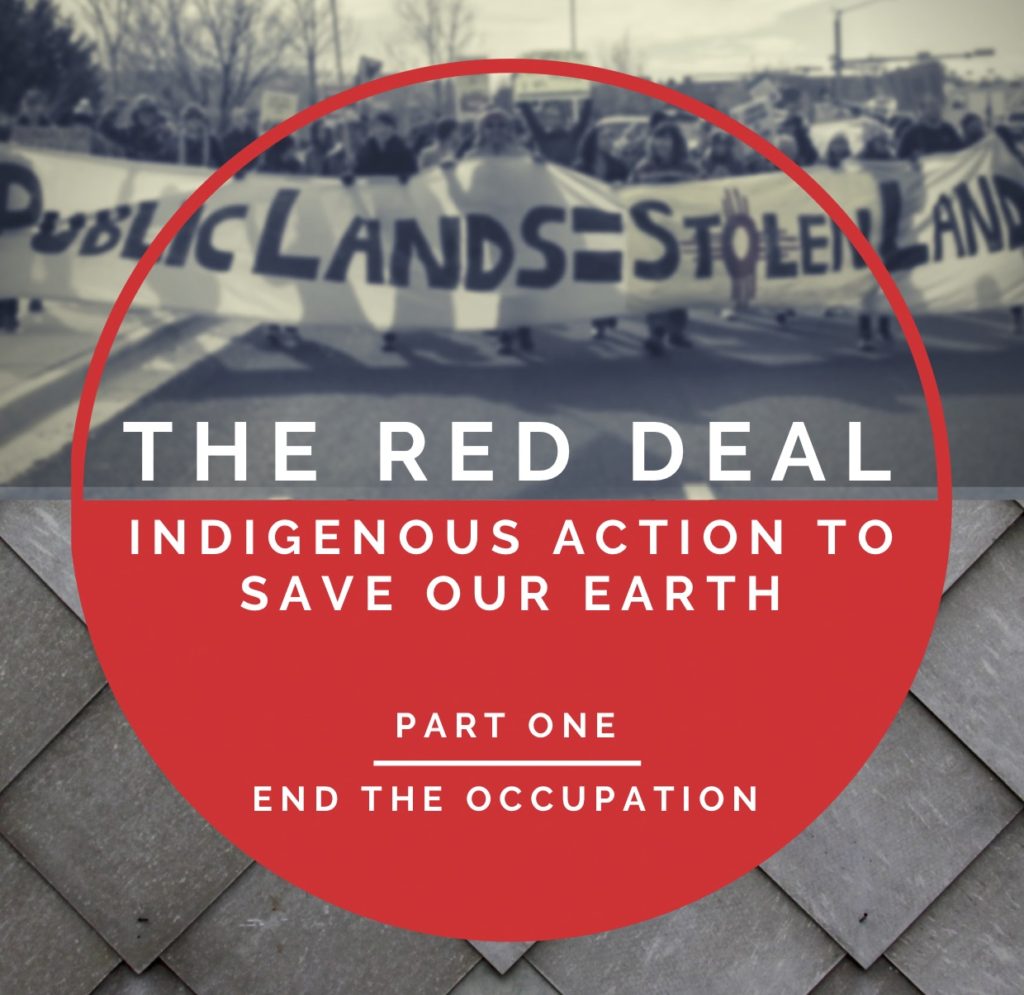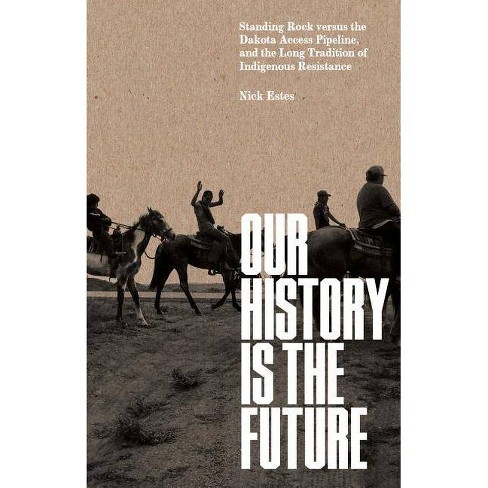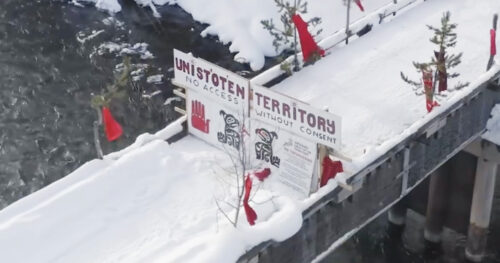Environmental Justice
Environmental justice is the restoration of land, air, and water, not only as a signal for the return of land but also for the return of and demand for justice. Justice is divesting from police and military institutions. Justice is reinvesting in institutions and services that heal our bodies. Justice is creating jobs by reinvesting in healing our planet with clean, sustainable, and traditional options. Pieces that are bolded are those we recommend you start out with.
Collapse All
Articles

The Red Nation invites allied movements, comrades, and relatives to implement the Red Deal, a movement-oriented document for climate justice and grassroots reform and revolution. Learn more about our platform by clicking on the links for each section.
This section covers The Red Nation’s principle’s of unity, mission and 10 point program.
This section goes over The Red Nation’s background, principles, and areas of struggle.
This section covers The Red Nation’s demands:
Area 1: Defund Police, La Migra, and Child
Protective Services
Area 2: End Bordertown Violence
Area 3: Abolish Incarceration
Area 4: End U.S. Military Occupation
Everywhere
Area 5: Abolish Imperial Borders
The principles of environmental justice list 17 Principles of environmental justice adopted at the First National People of Color Environmental Leadership Summit held in 1991.
In this article, Nick Estes discuss how the Green New Deal can connect every struggle to climate change, but how a Red Deal can build on those connections, tying Indigenous liberation to the fight to save the planet.
Books

In 2016, a small protest encampment at the Standing Rock Reservation in North Dakota, initially established to block construction of the Dakota Access oil pipeline, grew to be the largest Indigenous protest movement in the twenty-first century. Water Protectors knew this battle for native sovereignty had already been fought many times before, and that, even after the encampment was gone, their anticolonial struggle would continue. In Our History Is the Future, Nick Estes traces traditions of Indigenous resistance that led to the #NoDAPL movement. Our History Is the Future is at once a work of history, a manifesto, and an intergenerational story of resistance.
The indigenous imperative to honor nature is undermined by federal laws approving resource extraction through mining and drilling. Formal protections exist for Native American religious expression, but not for the places and natural resources integral to ceremonies. Under what conditions can traditional beliefs be best practiced?
Recovering the Sacred features a wealth of native research and hundreds of interviews with indigenous scholars and activists.
As Long As Grass Grows gives readers an accessible history of Indigenous resistance to government and corporate incursions on their lands and offers new approaches to environmental justice activism and policy.
Videos & Podcasts

In this era of “reconciliation”, Indigenous land is still being taken at gunpoint. INVASION is a new film about the Unist’ot’en Camp, Gidimt’en checkpoint and the larger Wet’suwet’en Nation standing up to the Canadian government and corporations who continue colonial violence against Indigenous people.
In this video, Winona LaDuke discusses that food sovereignty is about having choices. Choices of where your food comes from, how it is produced, and what it is that you eat. For Indigenous peoples, food sovereignty is about health, justice, and tradition. Winona LaDuke has been working on the issues of food sovereignty for over 30 years.
An indigenous Wixárika (Huichol) family in northern Jalisco, an Ayuuk (Mixe) family in Oaxaca, and two Tzeltal families in the jungles of Chiapas discuss their cornfields, their roads, and their homes. They reflect on the importance of their crops, and the practical knowhow that enables the everyday epic tale of corn, as well as the dangers faced by this crop and the need to preserve the land used by countless indigenous Mexican communities and farmers to grow their cornfields.
